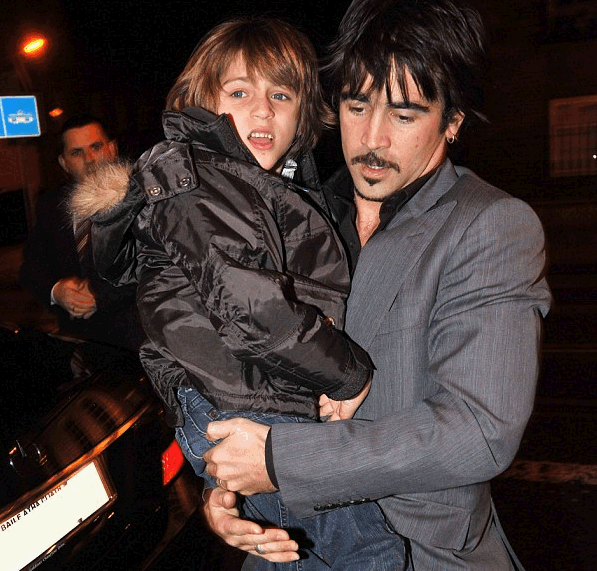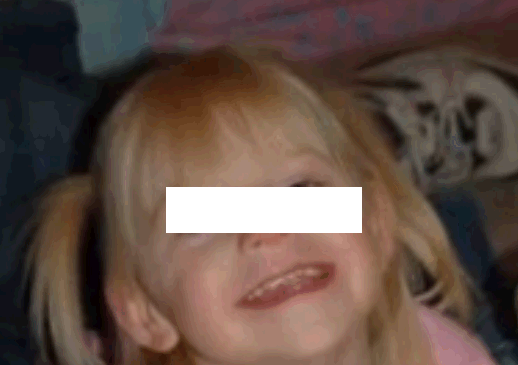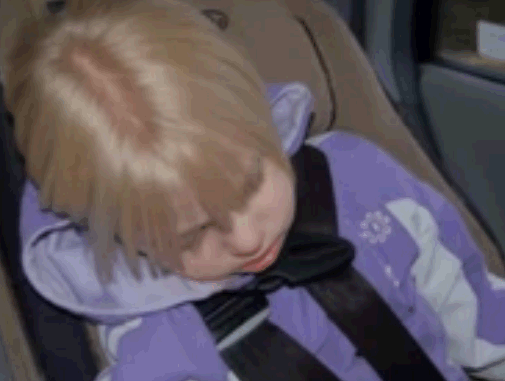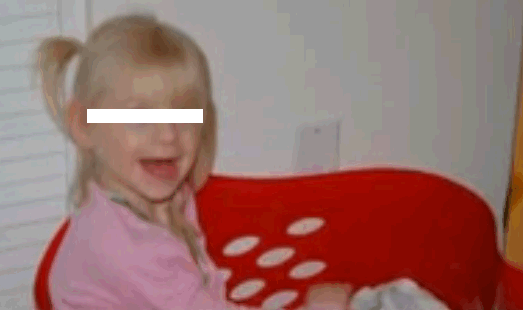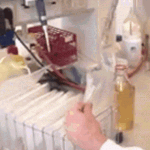Angelman syndrome is a nervous system-related genetic disorder. The syndrome was first described by Harry Angelman in 1965, thus the condition is named as Angelman syndrome. This condition may affect every 1 child in around 10000 to 25000 children worldwide. The condition causes developmental issues and neurological difficulties. These difficulties may include speaking issues, balancing difficulties and walking problems, etc. In some situations seizures may also be experienced by the affected person. These individuals tend to live normal life but they may turn steadier in nature as they grow older. There is no treatment that could reverse the condition.
Angelman syndrome symptoms
Angelman syndrome also has certain symptoms or signs which may be noticed in the affected person.
- Speech difficulties are also experienced, such as lack of minimal speech
- Delayed development like babbling at the age of 6 months or a year, lack of crawling and noetic disability
- Ataxia or inability to balance, walk normally or even move
- Trembling of hands and legs
- Too frequent laughter or smiling
- Happy personality which is easily excitable
There are some other signs and symptoms of the condition which may include
- Episodes of seizures that begins often between the age group of 2 to 3 years
- Smaller size of head along with flatness at the back technically known as Microcephaly
- Crossed eye, technically one of the two types of strabismus
- Orofacial muscular imbalance commonly known as tongue thrusting, reverse swallow or immature swallow
- Walking with arms rose upwards
- Slight degree of hair, eye as well as skin pigmentations technically referred to as hypopigmentation
These symptoms may not be present when the baby is born. The initially observed sign of Angelman syndrome is often delayed development when the baby is 6 to 12 months old. This indicates possible underlying issues which should be informed to the child’s doctor.
Causes of Angelman syndrome
Angelman Syndrome is a genetic issue which affects the unborn child when it is in the womb. After fertilization of the female egg the zygote carries a pair of group of chromosomes; each of the two passed by each parent. Lack of copy of chromosome 15 in the set passed by the female parent, due to deletion of chromosome, may cause Angelman syndrome in the unborn child. This is not the only but the most common cause of the condition which is recorded in around 68% of all recorded cases.
The condition may occur even if the fetus receives no copy of chromosome 15 from the mother but 2 copies of the same chromosome from the father. This is a rare occurrence. In another situation each parent may pass one copy of chromosome 15 but the copy passed by the mother may act as if passed by the father. Even in such scenario the child may be diagnosed positive for Angelman syndrome.
Another identified cause for the condition is mutation of genes. Precisely, mutation of UBE3A gene on chromosome 15 may cause the condition in the unborn child. The condition is not considered as hereditary especially those occurred due to deletion of chromosome 15 or two copies from the father. Most people with this condition did not have other family member affected with the syndrome. This is regarded as a randomly occurring condition due to genetic anomalies during egg fertilization.
Treatment for Angelman syndrome
There is no specified therapy or treatment that could reverse or completely cure Angelman syndrome. However, treatment can be suggested for dealing with associated symptoms and to make life easier for the affected child. Children experiencing seizure due to this condition crucially require treatment for this symptom. Such children are often prescribed with anticonvulsant drugs. Other therapies are essential which could help the child develop his potential to the maximum. Such therapies may include communication therapy which would improve the speech, behavioral therapy to control anomalous behavior and physical therapy to deal with possible rectifiable anomalies. Physical therapy helps in improving mobility of joints and movement.
Support for Angelman syndrome
Learning that a child is affected with Angelman syndrome can be extremely disheartening and sad for the parents. Parents often lose hope from life and become concerned of how to deal with the condition. There are specialized organizations and schools which are meant to assist such children. You can find a team of experts and therapists who may help you cope with these situations and suggest suitable treatment and therapies for the affected child. These experts will also suggest you other necessary therapies and programs in your area. Working with a specific support team would help you have personalized suggestions as every child with Angelman syndrome and his/her family is different. Coming in contact with support groups would help you get ideas on how to deal with the situation and manage your child. Your doctor can inform you about such groups and other bodies established to help Angelman syndrome affected child.
Angelman Syndrome Pictures
